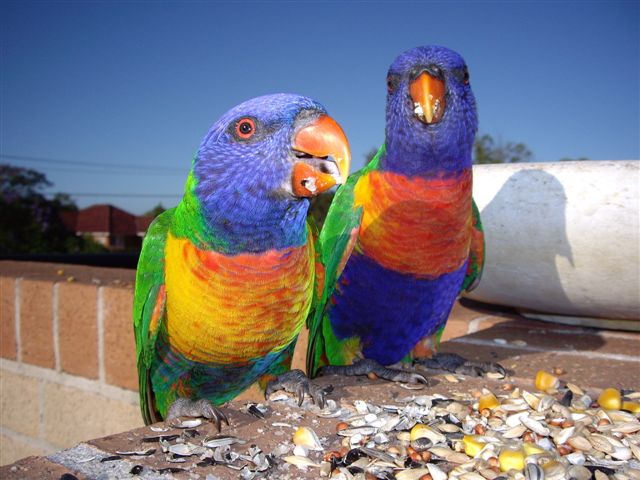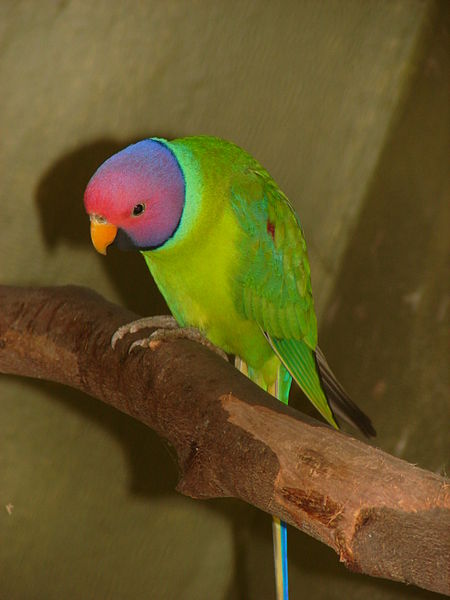 Also known as Psittacine Circovirus Disease, PBFD, which is incurable, has been identified in over 60 species of wild and captive parrots. It has been much in the news lately, and the questions I’ve received indicate that some of the coverage has been confusing to bird owners. Today I’d like to summarize what we know, and what remains to be done in the battle against PBFD.
Also known as Psittacine Circovirus Disease, PBFD, which is incurable, has been identified in over 60 species of wild and captive parrots. It has been much in the news lately, and the questions I’ve received indicate that some of the coverage has been confusing to bird owners. Today I’d like to summarize what we know, and what remains to be done in the battle against PBFD.
PBFD Natural History
The virus that causes PBFD was first described in 1987, when it was discovered in a captive group Orange-Bellied Parrots, a highly endangered species. Further study revealed that the virus occurred naturally in Australia, and likely was endemic there (found nowhere else). The disease is now established worldwide, apparently having been spread by the legal and illegal trade in parrots.
The PBFD virus is an extremely hardy organism, and likely survives for many years in nest hollows and roosting/feeding areas. To date, only one disinfectant, Virkon S, has proven able to kill it. The virus has been found in feather dust, feces and the crop lining of infected birds. Transmission seems to occur in several ways – direct contact with sick birds, inhalation of the virus from dust and feces and via food passed to chicks by parents. Read More »
 That Bird Blog – Bird Care and History for Pet Birds
That Bird Blog – Bird Care and History for Pet Birds




